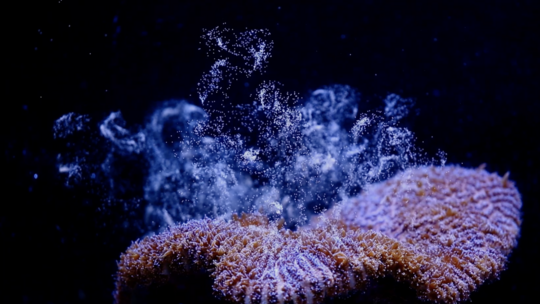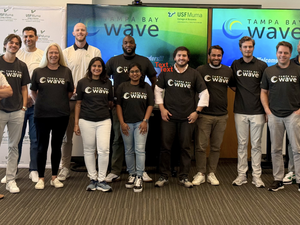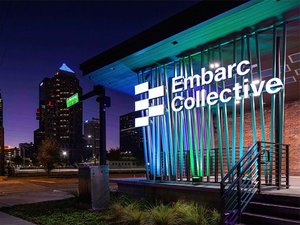
The Florida Aquarium does more than house thousands of marine life — they're using technology to save the "Great Barrier Reef of America."
The state of Florida sits near the Florida Reef Tract, the third largest coral reef in the world. Due to disease and a general decline in the ecosystem, the coral is now too spread out to reproduce naturally. At the aquarium's research lab in Apollo Beach, the "Project Coral" initiative has scientists use innovative techniques to get coral to spawn naturally and produce a higher chance of possible, lasting success when the coral larvae are eventually planted off the coast.
"Here's one of the reasons this is so important: We have hope," said Andy Wood, chief operating officer at the Florida Aquarium. "We have 50 coral left and we now have over 50,000 larvae. So there's hope. And that's what is so important about this: the ability to scale up and apply the research to other species. We can all work together and actually have a chance of reversing the environment if we work together and focus on how we apply innovative approaches. That's so exciting."
With the new process, what could previously only be deployed once a year during the middle of the night can now happen three to four times a year. Scientists switched the typically nocturnal cycle of the coral, so researchers can also work on the species during traditional business hours. The 33 "pillar colonies" in the aquarium's care have produced over 50,000 larvae.
"The barrier reef is providing a protection for Florida that can be quantified — it was estimated at $1.8 billion economic benefit from coastal resiliency," Wood said. "[Building the coral reef is] a multi-pronged approach. It not only lets us protect tourism, 25 percent of the species in the world are connected to the reef. There are over 500 species of fish alone that live in the reef tract. So this multi-pronged approach is critical."
The process was born out of a paper filed by researchers at the Horniman Museum and Gardens in London. Researchers at the Florida Aquarium reached out, and in 2017 the pair began working on adapting Horniman's research to benefit the growth of coral.
Then, there was a year and a half of learning and consulting, followed by actually building the program where researchers learned their own computer code.
"It sounds simplistic; it's not," Wood said. "We were rewriting our own computer code. You're working to control an animals reproduction cycle."
The team had to switch the coral from nocturnal to functioning during normal business hours. Two rooms each have two 350 gallon systems that hold around 15 to 20 coral "brood stocks," or parents, within each system. The room is similar to a dark room where it is black except for a glowing red light.
"Jamie Craggs [the aquarium curator at the Horniman Museum & Gardens] probably said it best: This is massive for coral conservation around the world," Wood said. "Now that we've proven it works with species under great threat in the Atlantic, this technology can be taken around the world to conserve at a scale we never thought possible."
While they will not be planted back in the wild for a few more years, and even then will not have a 100 percent success rate, the ones that do survive will be trailblazers for future generations of coral, Wood said.
"Those colonies, when they get to the level of maturity, they will begin to reproduce themselves all while creating genetic diverse materials," he said. "We want scale it up, to see dramatic diversity. The genes will begin to change in condition and if we can increase the number of genetic individuals, the strong will survive."









